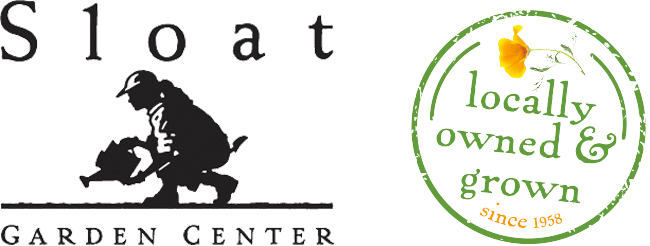 A lovely shrub for containers or garden beds, hydrangea bloom repeatedly throughout summer. Their colorful, rounded flower clusters make them a useful plant in any container or landscape.
A lovely shrub for containers or garden beds, hydrangea bloom repeatedly throughout summer. Their colorful, rounded flower clusters make them a useful plant in any container or landscape.
Hydrangea are loved by gardeners, florists and wedding planners as they possess both grace and beauty. Most popular hydrangeas are the macrophylla group, also known as Big Leaf, Florists, French or Garden Hydrangeas. Flower colors range from blue, purple, red, pink, white, and even green. They come in a range of shapes, including the traditional Mophead, Lacecap, and Cone shape. Some newer varieties only grow to a few feet tall and wide, making them ideal for containers.
Use Sloat Planting Mix and E.B. Stone Sure Start to get hydrangeas off to a great start. If growing the blue and purple types, use A.C.G. (Azalea, Camellia and Gardenia) soil to keep their color and feed with an acidic fertilizer. Start using true blue or Espoma soil acidifier in the fall to change pink shades to blue and purple shades. They are very easy to grow in partial shade with some morning sun in well-drained, rich soil with plenty of organic matter.


